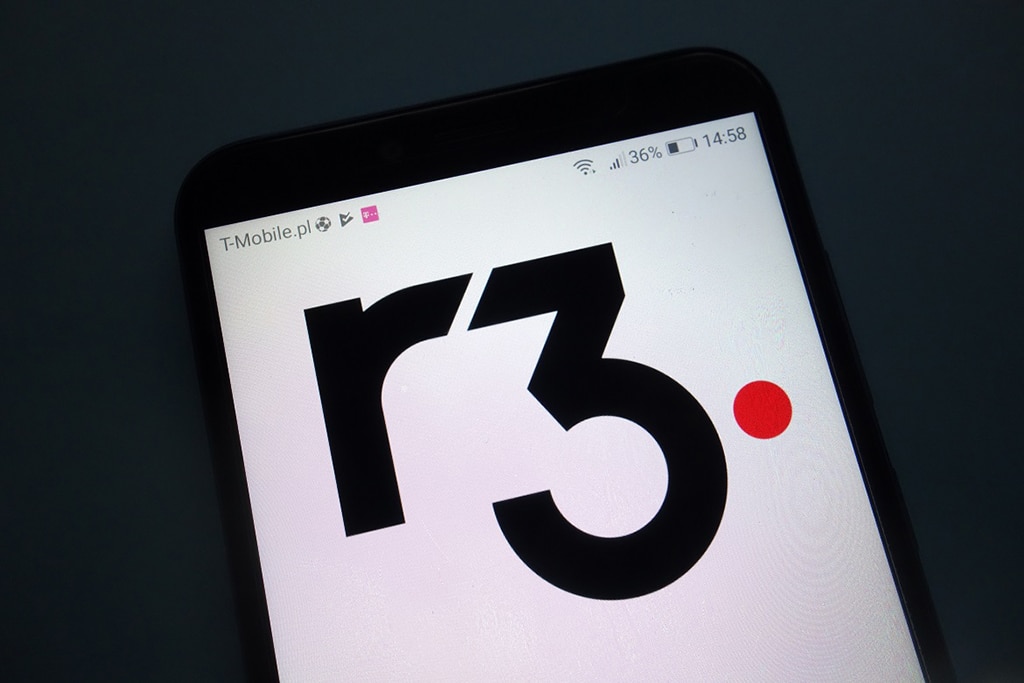The banks tried five different blockchain-technology providers to test trading fixed income.
The R3 CEV consortium tackled down to its blockchain project. Since the very start of the cooperation, the consortium conducted its second and at the same time largest test of online distributed ledger systems. The test included forty banks that checked five blockchain vendors and three cloud providers to see how different combinations handled simulated transactions in commercial paper. The blockchain-technology providers were Ethereum, Chain, Eris Industries, IBM and Intel.
The banks took three kinds of transactions for the experiment — issuing, trading and redeeming commercial paper. They created identical smart contracts for these transactions and ran the contracts on different combinations of ledgers and cloud platforms.
“This is the first time many ledgers have been run in parallel by many institutions in a rigorous, scientific way,” said Tim Grant, R3’s managing director and global head of its collaboration lab.
R3 consortium conducted the test with the main purpose to find out what criteria should be used to evaluate blockchain technologies from competing vendors. During the last two weeks of February, the blockchain was studied and tested in executing smart contracts and transactions without human intervention.
The list of forty banks participating in the test included Bank of America Corp., Deutsche Bank, Morgan Stanley, Royal Bank of Scotland Group PLC among others. Technology groups used base technology from rivals Chain Inc., Eris Industries Ltd., Ethereum, Intel Corp. and International Business Machines Corp, to build the ledgers. Cloud infrastructure was provided by Amazon.com Inc., IBM and Microsoft Corp.
“We have raised the bar significantly with the sheer number of global financial institutions, distributed ledger technologies and cloud providers working together … to demonstrate how this nascent technology can be applied to … an actively traded asset class,” said Tim Grant.
The test seems to be the continuation of the trial conducted by the consortium in January. Then eleven banks, to be more exact Barclays, UBS, HSBC, BMO Financial Group, Credit Suisse, Commonwealth Bank of Australia, Natixis, Royal Bank of Scotland, TD Bank, UniCredit and Wells Fargo, tested a system intended to apply blockchain for making trading much faster and cheaper. They used a Microsoft platform, which runs on a blockchain built by Ethereum, for the test. Each of the 11 banks from four continents used their own computer and transferred “Ether” to each other – Ethereum’s equivalent of bitcoin. The transactions were settled almost instantaneously. To compare, traditionally banks need several days for settlement, depending on the asset class.
The R3 CEV consortium is moving towards its goal step by step despite negative comments of some bitcoin experts. Thus Patrick Byrne, Overstock’s CEO, has warned that the project can stifle innovation. “What’s happening is Wall Street is trying to slow us down while they come up with their own version, and that’s, I think, R3,” said Byrne. “Wall Street comes up with their own version, and then they’re going to outlaw [the competition]. So really be alert for R3.” According to Byrne Wall Street aims at slowing down the Bitcoin revolution by means of R3. The startup is only an “attempt to create a blockchain that could be brought to regulators as a legally-enforced standard”.
Hopefully, progress can’t be stopped by the opinion of particular persons. The R3 consortium is studying the blockchain from different perspectives to find the best way to apply it at its best.


